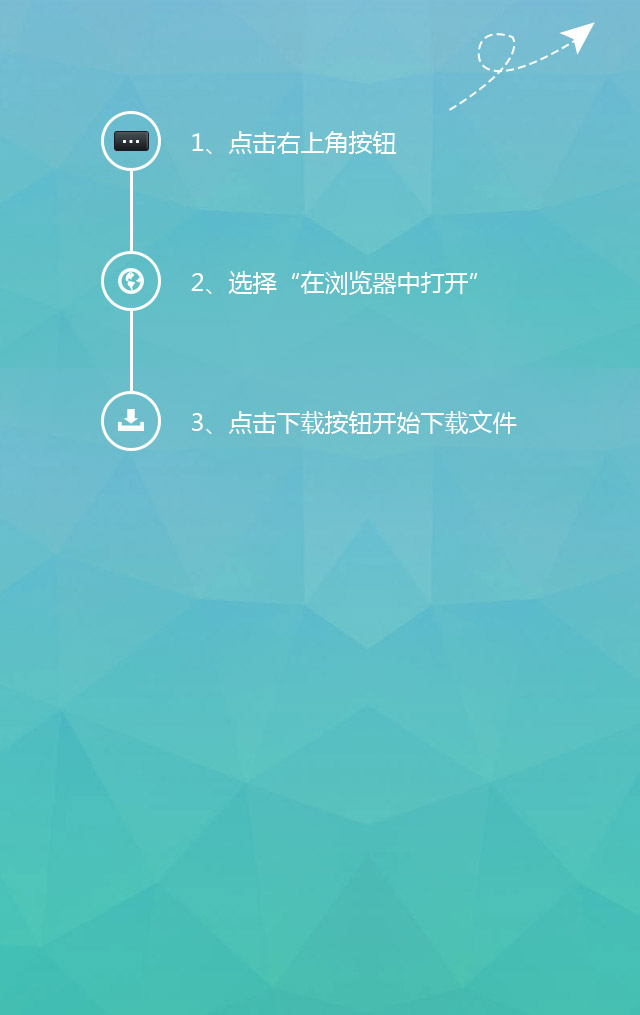Robots that are tactile and self healing are becoming reality
Human skin is difficult to replicate because it is not only flexible, tactile, but also self-healing. However, the latest discoveries of scientists are giving robot skin such characteristics.
Do you think that only the skin of life can be flexible, compressive, tactile, and self-healing? Recent research results show that robot skin can perform even better than human skin.
Researchers at the University of Glasgow, UK, have developed an electronic robot skin that is more sensitive to touch than a human hand, using graphene.
According to foreign media reports, Ravender Dahiya, a professor at the University of Glasgow, said that the newly developed robot skin is essentially a tactile sensor. Scientists will use it to create lighter artificial limbs and robots with softer and more natural skin.
This sensor is also the first step towards a softer robot and a more sensitive touch screen sensor.
This low power consumption intelligent robot skin is made of a single atomic layer of graphene. The power per square centimeter of skin is 20 nanowatts, which is equivalent to the lowest quality photovoltaic cell currently available. Although the energy generated by skin photovoltaic cells cannot be stored, the engineering team is exploring ways to transfer unused energy to cells so that it can be used when needed.
Graphene is a new nano material with the thinnest, strongest strength and strongest conductivity and thermal conductivity. Because of its good strength, flexibility, conductivity and other characteristics, it has broad application potential in physics, materials science, electronic information and other fields.
In terms of optical properties, some research data show that the vertical absorption of single-layer graphene for visible light and near-infrared light is only 2.3%.
"How to let sunlight penetrate the skin covered by photovoltaic cells is our real challenge." Ravender said to Advanced Functional Materials.
"No matter what kind of light, 98% can reach the solar cell." Dahiya explained to the BBC that the electrical energy generated by solar cells is used to create a sense of touch. "Its sense of touch is an order of magnitude better than human skin."
The skin gives the robot arm the pressure feedback it should have, so that it can better control the force of grasping objects, and even fragile eggs can be steadily picked up and put down.
Dahiya said: "The next step is to develop the power generation technology to support this research and use it to drive the motor of the artificial hand, which allows us to create a fully energy autonomous artificial limb."
In addition, this high-performance robot skin is not expensive. Dahiya said that the new skin of 5-10 square centimeters only costs $1. In fact, graphene can do more than give the robot arm a sharp sense of touch. It can also help the robot skin heal itself.
According to futurism, the latest research published by Indian scientists in the journal Open Physics found that graphene has a strong self-healing function. Scientists hope to apply this feature to the field of sensors, so that robots can also have the skin self repairing function like humans.
Traditional metal robot skin has poor ductility and is prone to cracks and breakage. However, if the sub nano sensor made of graphene can sense the crack, then the robot skin can prevent the crack from further expanding, or even repair the crack. The research data shows that when the crack exceeds the critical displacement threshold, the automatic repair function will start automatically.
"We hope to observe the self-healing behavior of the original and defective single-layer graphene through the molecular dynamics simulation process, and also observe the performance of graphene in the crack location process of the sub nano sensor." In the interview, Swa, the main author of the paper
Ti Ghosh Acharyya said: "At room temperature and without any external stimulus, we can observe the self-healing behavior of graphene."
Researchers from India said that this technology will be put into use quickly, perhaps the next generation of robots.
Recommend
-

-

QQ Zone
-

Sina Weibo
-

Renren.com
-

Douban

